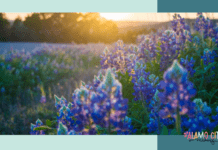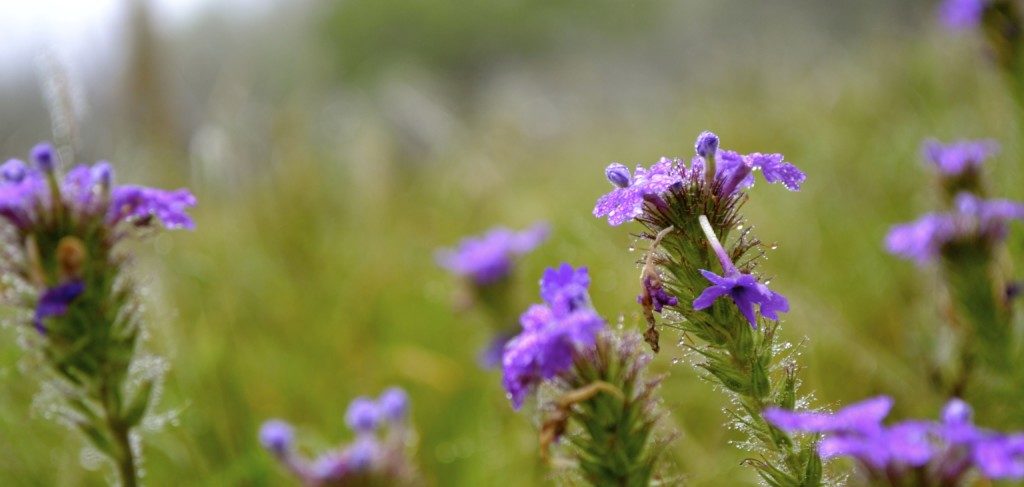
About 327 times each week I think to myself, Gee, I wish I/we/the kids spent more time outside. I just know intuitively that it is better for all of us when we are outside more often. And sure, we walk our dog regularly, we hang out in the park, and the boys play outdoor soccer and flag football some seasons of the year, but that’s not what I mean by being outside. I grew up in the country (and now live in the suburbs), so what I really miss is being more connected to nature: feeling more in tune with the whole universe of plants and animals and insects that surround us every day, usually nearly unseen.
For the past couple of years I’ve been trying to cultivate the outside of our home into more welcoming and interesting spaces—for myself, my kids, and whatever critters lurk around out there. I mean, I’m not going to say that I place nature in direct competition with Fortnite or Minecraft, but I sure try to give nature a leg up wherever I can! (Just this morning, my eight-year-old raced into the house, breathless, excited to tell me about a flying bug in the yard that he’d never seen before and “if I [drew] a picture of it, could we look it up and figure out what it is?” Yay, nature!) Enticing the wildlife to come a little closer and stay a little longer in our yard creates interest for kids and encourages them to explore, investigate, and learn about the natural world around them. The more active and interesting that outdoor space is, the more likely they are to linger a little longer… Same goes for me. Here are some things that seem to be working for us:
Water
This one is really important. If you can do only one thing in your outdoor space to attract more wildlife, add a water feature (or three) somewhere. A birdbath is the simplest choice, and it will certainly attract the birds along with other small mammals and insects. And sometimes unexpected guests will use it as their own water bowl!
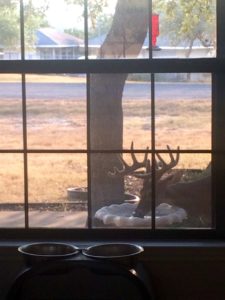
There are a ton of options for adding water sources to your yard: bird baths, fountains, ponds, shallow water bowls for drinking, and even stock tanks transformed into fish tanks! Whatever you choose to add, be sure to keep the water fresh and free of algae so your animal neighbors will come to trust it as a reliable source.
Habitat
Providing a variety of places for animals and insects to hide, rest, hunt, and live will improve the diversity of your yard. There are countless options for this kind of thing, but these are some of the easiest and most rewarding I have found:
Bat Houses
Because these simple boxes get placed very high up on a post, they take up little to no space, making them perfect for urban/suburban spaces. We have had two different species of bats living in our houses for about two years now, and it is a delight to watch them take flight each evening at dusk. And guess what we have virtually none of, thanks to our bat tenants? Mosquitoes! You can find plans for bat houses at the conservation site here.
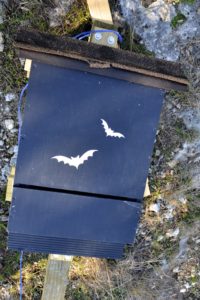
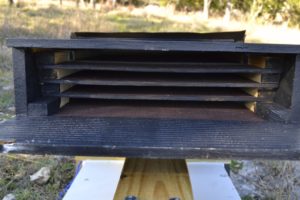
Natural Areas
If you have space to leave a portion of your yard “natural,” you will see an abundance of creatures move in. And even better if you can add wood and rock and leaf piles to those spaces. The entire back half of our yard is untended, untrimmed, and unhindered, and it is full of native plants, grasses, cacti, small bushes, and mature trees. Along with that untamed earth comes a whole variety of insects and tiny mammals who use the grasses as cover to live and hunt. And when those little guys are more abundant, they attract the next level in the food chain. We often see birds, hawks, reptiles, and even foxes hunting in the wood piles and grasses across the back of the yard. This fall we plan to seed the natural area with native wildflowers to increase the attraction of bees, butterflies, and hummingbirds.
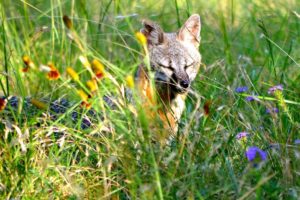
Bird Houses and Insect Hotels
These provide a great opportunity for the creative kiddos in your life. The possibilities are limitless when it comes to bird houses—I especially love these made out of gourds! Many birds, especially wrens, are quite creative when it comes to their nests. This year a wren family built their nest in a buffalo skull we have hanging on our patio, but last year they raised their little ones in our garden hose holder. If you think you might have owls nearby—they often live near and hunt rodents in neighborhood alleys in the city—an owl box could be an exciting addition to your yard. And a camera strategically placed nearby will even let you spy on their nocturnal activities! (Not recommended if you have very small pets who are also in your yard.)
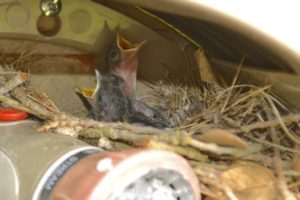
The natural companions to the bird houses are insect hotels, which add a fun design element to the yard while attracting a steady variety of bugs. A diverse population of insects is key, as they are at the bottom of the food chain for your yard’s ecosystem.
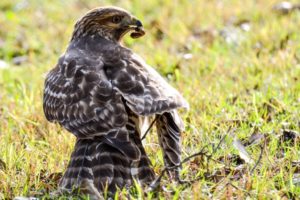
Food Supply
And finally, one of the most obvious ways to get more nature into your backyard: if you feed them, they will come. There are many, many bird food options for our typical residents here in South Texas, but if you don’t know where to start, just fill some feeders with black-oil sunflower seeds and see who shows up. (BTW, this is a fun birdseed ornament project that is perfect for little hands to help with.) Starting in the spring, you can hang hummingbird feeders and enjoy those little guys buzzing about your yard for months and months. Beyond the birds, there are butterfly and ladybug feeders, which are so helpful if you have a garden. Did you know one ladybug can eat 50 aphids in a day?! They also eat other garden pests, so they are really nice to have around. There are a lot of options for squirrel feeders, too, which are useful if you want to attract squirrels or simply keep them out of your bird feeders!
And don’t forget comfortable places to sit and enjoy your efforts. The key to enjoying wildlife is plenty of time to sit in stillness and wait for nature to reveal its treasures to you!
For a great list of the benefits of kids spending more time outside, check this out.





